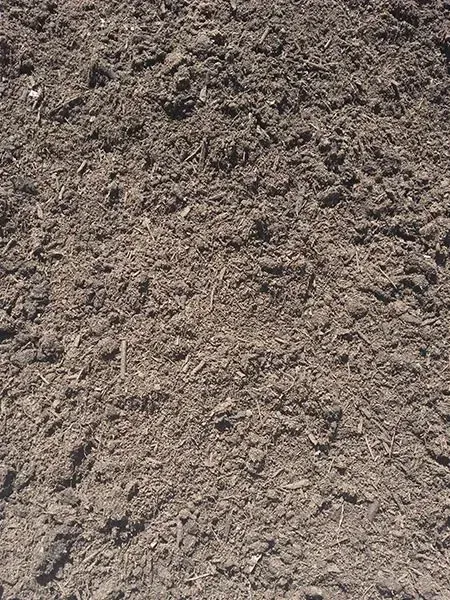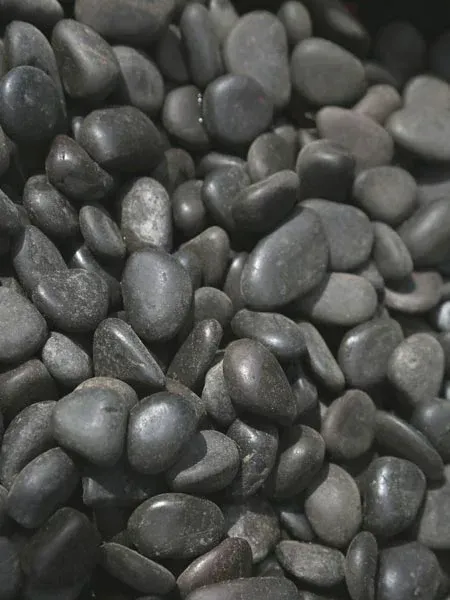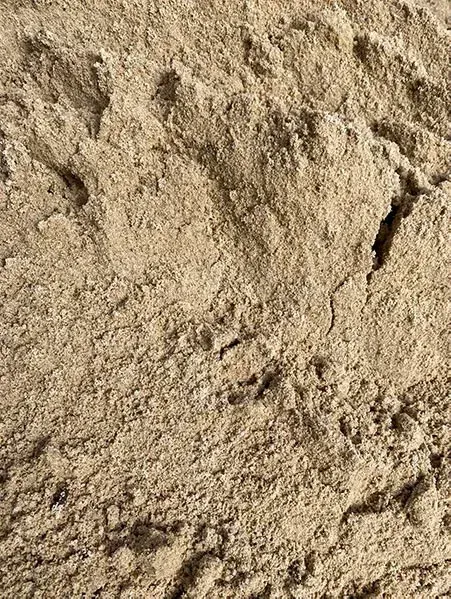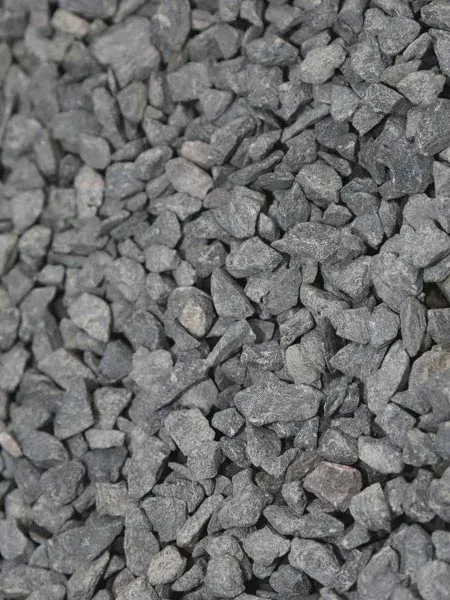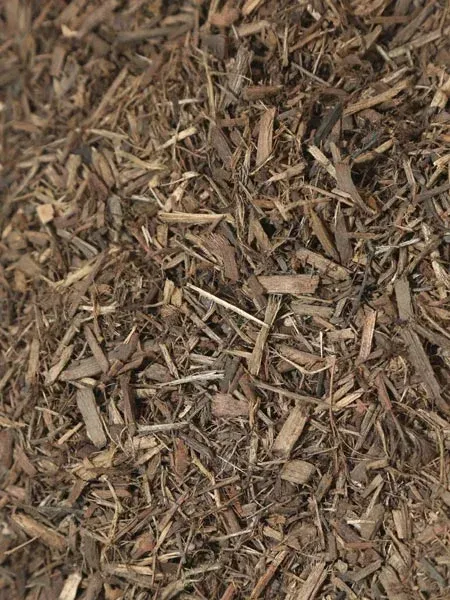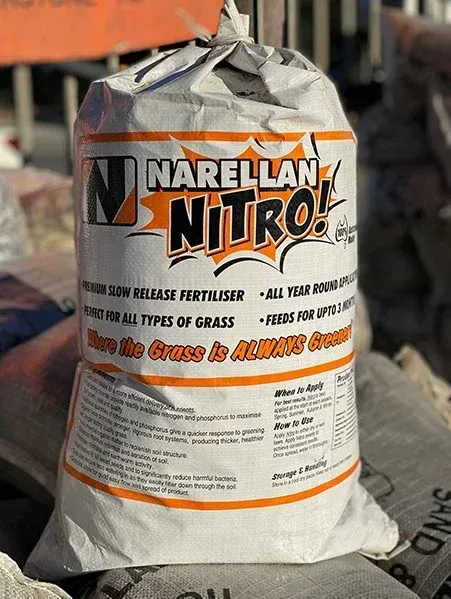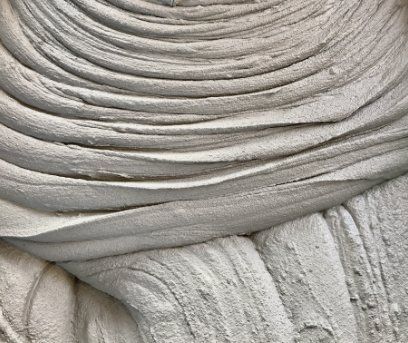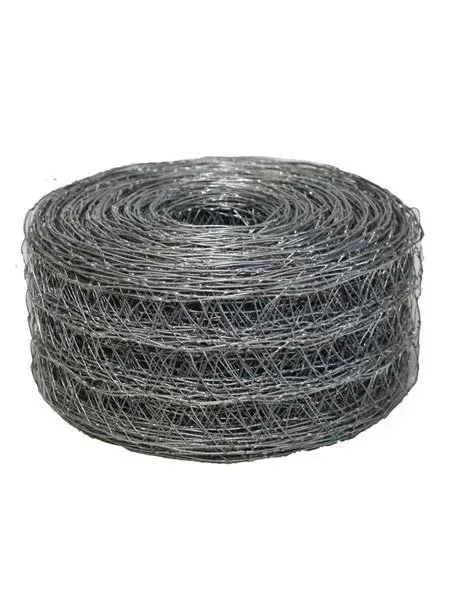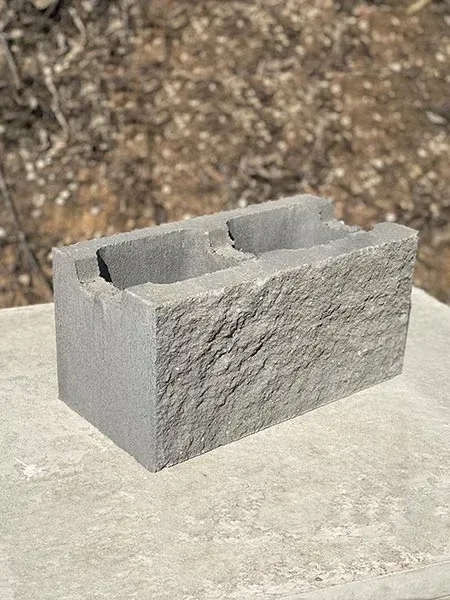Sand and cement mix (also known as mortar) is a versatile construction material that plays a crucial role in various building projects. If you've been wondering how best to use this helpful mix for your projects, let's explore some of its key uses and why it is an essential component in construction and masonry applications.
What is it?
Sand and
cement mix is a combination of sand, cement, and water that forms a gooey, paste-like substance that is used for some of the following common applications:
- Bricklaying and masonry: Sand and cement mix is widely used for bricklaying and masonry work since it acts as a binding agent, holding the bricks or blocks together to create solid structures such as walls, chimneys, and foundations.
- Plastering and rendering: Mortar is also used for plastering and rendering applications to create a smooth, even surface on walls and ceilings. It provides adhesion and durability, ensuring the plaster or render adheres firmly to the underlying surface.
- Tile adhesive: Sand and cement mix serves as an effective tile adhesive, providing a strong bond between tiles and the substrate that makes it suitable for ceramic, porcelain, and stone tile installations in both interior and exterior settings.
- Patching and repair: When small areas of concrete, mortar, or masonry require patching or repair, sand and cement mix can be used to fill cracks, gaps, or damaged sections. It helps restore the structural integrity and appearance of the damaged surface.
Whether it's bricklaying, plastering, tile adhesive, or patching, the combination of sand, cement, and water provides strength, adhesion, and durability to the structures.
For more information or to access
high-quality sand and cement mix supplies, our team can answer any questions you may have regarding
sand and cement
products or arrange a quick and easy delivery of this product directly to your
location.

